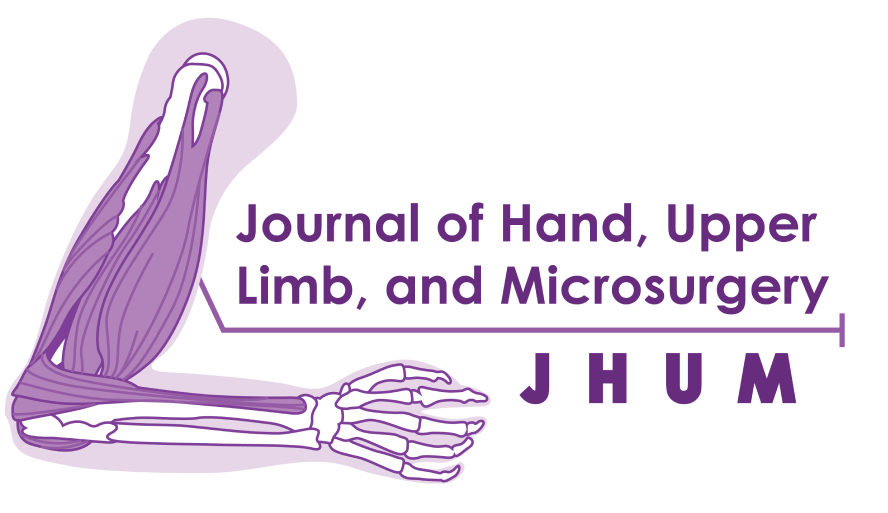THE TRIGGER FINGER, WHAT SHOULD WE CHOOSE FOR TREATMENT, CLASSICAL OPEN RELEASE, OR PERCUTANEOUS RELEASE?
A SYSTEMATIC REVIEW
Keywords:
Trigger finger, Open release surgery, Percutaneous release surgery, Stenosing tenosynovitisAbstract
Introduction Trigger finger is a common medical disease characterized by catching, locking, and a loss in grip strength during finger movements caused by a mismatch between the flexor tendons and the A1 pulley. Open-release surgery and percutaneous-release surgery are two surgical treatment options. The open release is an elective surgical procedure that serves as the gold standard treatment for trigger digits. Alternative operative treatments include a percutaneous release, which involves using a needle to release the A1 pulley. Compared with a percutaneous trigger finger release, an open release provides enhanced exposure and may be safer to avoid iatrogenic neurovascular injury.
Objectives The purpose of this study was to examine the short and long-term clinical outcomes of patients with trigger fingers who underwent open release surgery (OR) versus percutaneous release (PR), comparing the clinical results of quick disabilities of the arm, shoulder, and hand (Q-DASH), Visual Analog Scale (VAS), and patient satisfaction level.
Methods The medical term “trigger finger”, “open-release surgery”, and “percutaneous release surgery”, “stenosing tenosynovitis“ were used in Pubmed and Google Scholar to discover studies of the efficacy of open release surgery compared to percutaneous release surgery in a patient with trigger finger up to September 2023. All original research (RCT, Cohort, Retrospective Study, Etc.) that demonstrated efficacy and safety data were included. Two independent reviewers excluded article reviews, case reports, and other clinical studies irrelevant to the study question. Eight remaining studies were reviewed and screened for the inclusion criteria, based on the relevance to the study subject and clinical outcomes.
Results Based on eight studies in this review, the OR group has a better outcome on Q-DASH, VAS, and satisfaction level with no statistically significant difference in long-term follow-up. PR group has better results in short-term periods with no statistically significant difference. In addition, the return time to daily activities was shorter in the PR than in the OR.
Conclusions The OR and PR groups have the same better outcome on Q-DASH, VAS, and satisfaction levels in patients with trigger fingers, with no statistically significant difference. But in the short term, a carefully performed percutaneous release is dependable, leading to an adequate recovery of function and patient satisfaction.

